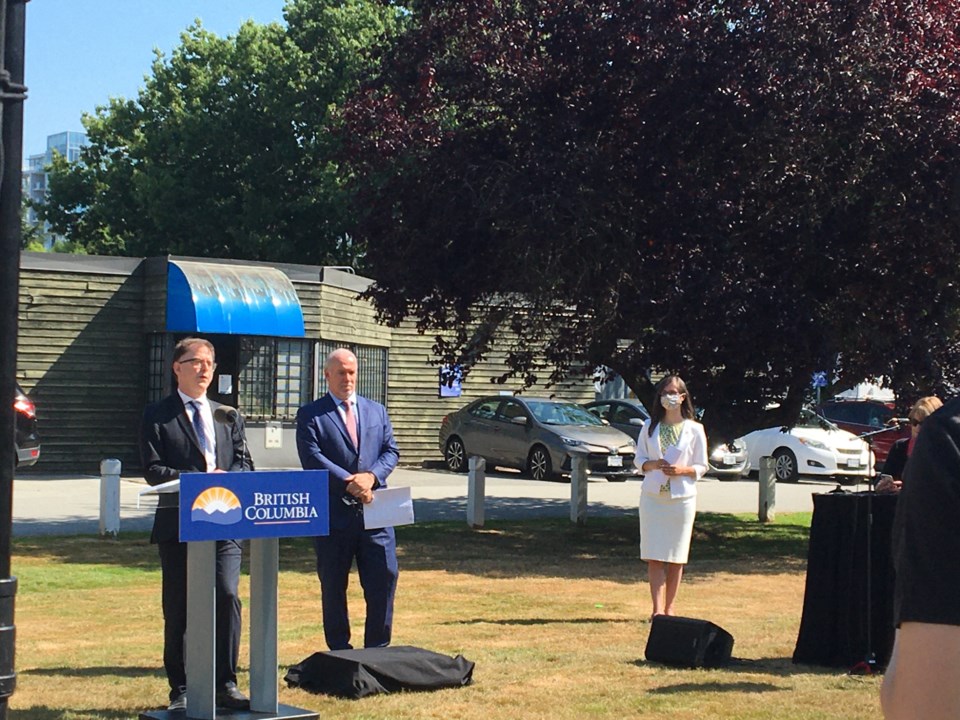I moved here 20 years ago, and even then there was talk of the Richmond Hospital needing to be rebuilt.
Reports of the facility’s fragility in the case of even a minor seismic event were already circulating.
In other words, Tuesday’s announcement that the provincial government is launching a massive renovation of the facility was a long time in coming. As Premier John Horgan said, the hospital was “already a couple of decades past its best before date.”
Rebuilding and upgrading hospitals has been a thing for this government. They’ve announced a number of major projects like this around the province recently.
However, what’s notable about this one is how the plan switched from building a $350 million seismically safe facility to creating a $860.8 million “hospital of the future.”
So, what exactly does “hospital of the future” mean? Something from The Jetsons? (Nothing like dating myself.)
The folks at the announcement — the premier, Health Minister Adrian Dix, local MLAs, hospital staff and fundraisers — all provided their visions, but it was a comment from Vivian Eliopoulos, president and CEO of Vancouver Costal Health (VCH) that caught my attention.
This will allow for greater “patient flow between services,” she explained.
Had my 94--year-old mother not just left the hospital on Saturday after having been there for two weeks, that comment would have blown right past me — but not now.
In the time my mom was there, she was in three different wards, attended by seven different doctors, numerous physiotherapists, a couple of pharmacists and a multitude of nurses.
First, I’m well aware of the privilege of living in a community that provides that level of care to my loved one. I don’t take that for granted, but here’s the catch.
With all that baton passing, inevitably there are going to be slips. And that’s to say nothing of the transition home, because the hospital is, or at least should be, just one part of an integrated health care system.
But it’s that integration or “flow” within the hospital and throughout the system that can be a challenge.
If there is one frequent refrain we hear when talking about health care in Canada, it’s “gaps in the system.”
Okay, let’s make that two refrains, “gaps in the system” and “courageous and compassionate health-care providers.”
There truly are some beautiful people providing our care and I don’t want to dismiss that, but they can only do so much in a stretched and disjointed network.
When my mom was in the hospital, we were melting under that infamous “heat dome” that saw what’s believed to be 10 heat-related deaths in Richmond alone.
The hospital felt overwhelmed. Staff were doing what they could but often were literally running from one patient to the next with no time to even look a patient in the eye or ask how they’re doing.
We know more extreme weather is in the forecast. We also know COVID isn’t over and when it is another virus could take its place. And then there’s the “big one,” a seismic event that could make all this look like child’s play.
The hospital of the future is going to need more than space and shiny new equipment. It’s also going to need a well-staffed, fully integrated design that recognizes the complexity of care.
I know there are good minds at work planning exactly that. As Eliopoulos said, efficient flow is part of the template for our futuristic hospital, but it’s expensive and is going to require a commitment to universal health care we haven’t seen for decades — at least not at the level it needs to be.
Here’s to hoping it can be realized by the time I’m 94.




